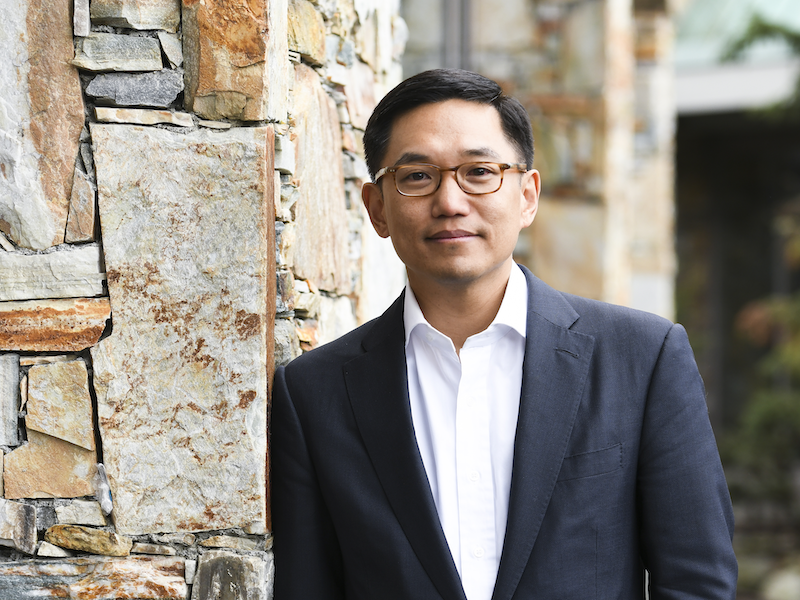

“If it’s in private equity or an alternative asset allocation, it’s a long-term investment strategy,” said Simon Oak, principal at Lexington Partners, during the Canadian Investment Review’s 2023 Global Investment Conference.
“Typically, it’s a five-year investment period followed by five years of harvest. Only then can investors measure their returns.”
This causes a problem for less patient investors, he said, especially those that may need to sell allocations to alternative investments prematurely, and presents an opportunity for secondary investors. “On average, between years five to seven, secondary buyers have the chance to reprice those assets and provide liquidity to the underlying investor.”
Read: 2022 IIC coverage: Identifying emerging opportunities in ESG investing
Oak said the secondary market’s trading volumes have ballooned from US$10 billion in 2006 to US$130 billion in 2021, with this expansion driven by three main factors.
The first is that investors are — in general — becoming more and more interested in alternative investment opportunities. “Since 2010, I would argue we’ve been on a global fundraising super cycle where everybody wanted to add private equity into their portfolio.”
According to research conducted by Lexington, about US$5.6 trillion flowed into private equity investments between 2015 to 2022. “And we’re adding about US$1 trillion in commitments every year to the asset class.”
The second factor is that the turnover rate — defined as the percentage of funds raised in a given year that trades into the secondary market — has been growing. Lexington estimates roughly 12 per cent of capital committed to private equity will eventually be sold into the secondary market.
The investment manager estimated the turnover rate was closer to five or six per cent in 2006. “That speaks to a more active portfolio management stance being undertaken by a number of asset allocators — they are now committing and selling their private equity assets just like they would on the public market side and that’s a big shift.”
Read: 2022 IIC coverage: Diversifying fixed income portfolios with alternatives
The third element is that the number of general partner-led transactions, such as continuation funds, is on the rise. “Historically, limited partners drove volume into secondary market by selling limited partnership portfolios,” said Oak. “Now we’re seeing general partners themselves access the secondary market to meet strategic and liquidity objectives.”
The secondary market remains available to institutional investors that have over-committed to private equity and are in need of liquidity. However, between 2011 to 2021, that subsection of investors played a smaller and smaller role in the secondary market, he noted.
“For all those years, private equity was, effectively, a self-sufficient asset class. It almost didn’t matter how much money you put into it, you were getting more cash back at the end of the year.”
This trend reversed in 2022 due to declines in public equities and fixed income markets. “For the first time in more than 10 years, private equity fund capital calls exceeded distributions. We feel this is going to continue for the foreseeable future. . . . The pendulum shifts but, right now, it’s a buyer’s market. There’s ample supply, ample deals for us to work on and we have the ability to pick and choose the most attractive assets to buy.”
Read more coverage of the 2023 Global Investment Conference.
